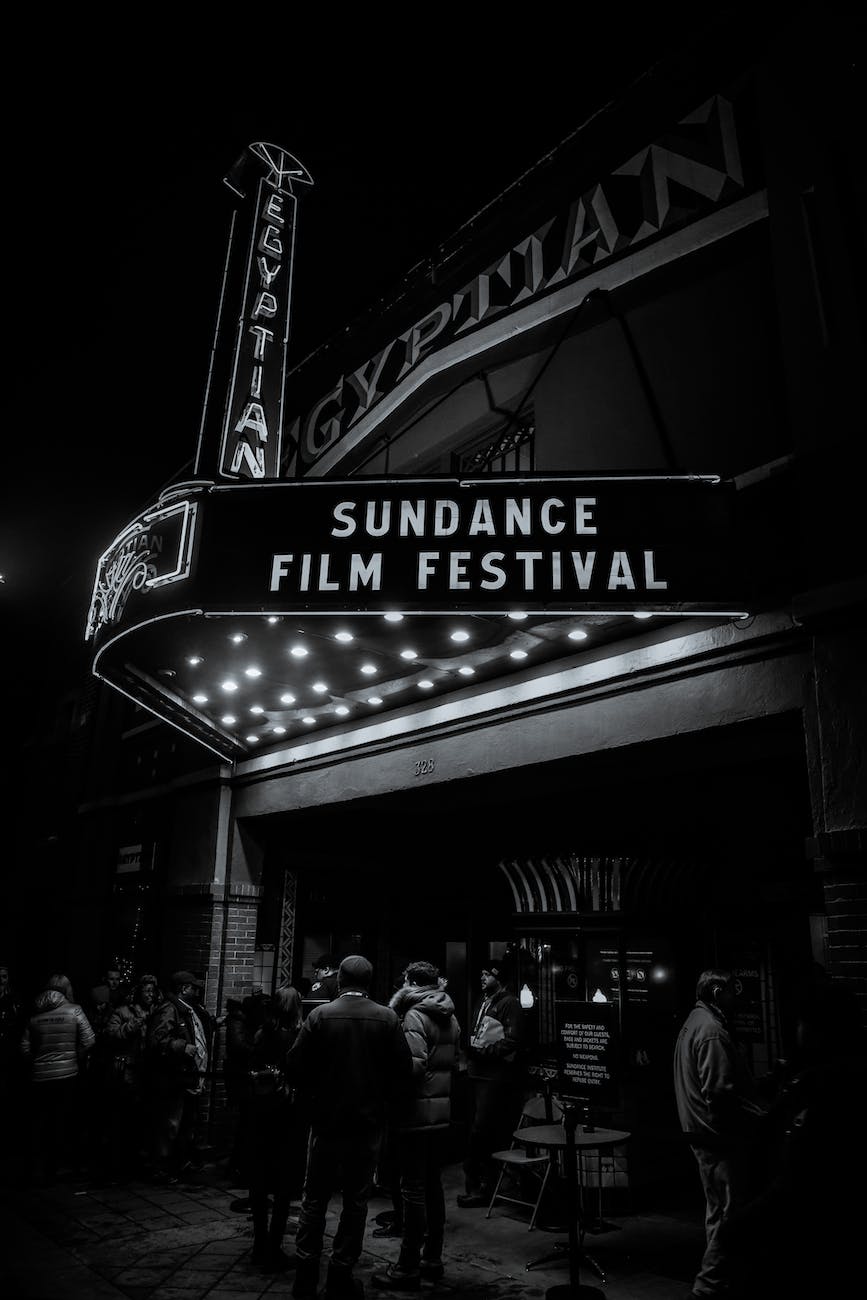
WORKPRINT STUDIOS BLOG POST #31 – Film Festivals
Filmmaking Blog
Welcome to the Workprint Studios Blog.
WORKPRINT STUDIOS BLOG POST #31 – Film Festivals
Celebrating Cinema and Cultivating Global Connections
Film Festivals are events held to showcase many new films to a large audience. Film festivals are a unique opportunity for filmmakers and cinephiles alike to come together to celebrate cinema, share their passion for film, and network with industry professionals. Each festival has its own distinct personality, programming, and approach to engaging audiences. This blog will explore the history of film festivals, the impact of film festivals on the industry, and highlight a few festivals from around the world that use unique strategies to grow their attendance numbers.
The History of Film Festivals
The Venice Film Festival is considered the first film festival in the world, having been established in 1932. The Cannes Film Festival was founded shortly after in 1946, and these festivals paved the way for a new form of cultural exchange centered on cinema. Film festivals have since become a platform for emerging filmmakers to showcase their work, for established filmmakers to present their latest projects, and for audiences to discover new films from around the world. Today, there are thousands of film festivals taking place around the world each year, each with its own distinctive flair.
Strategies of Film Festivals
The Sundance Film Festival, founded in 1978, has become one of the most prestigious film festivals in the world. One unique approach that Sundance takes to growing attendance is by actively seeking out diverse voices in film, with a particular focus on promoting films by and about women and people of color. This approach has helped to make Sundance a more inclusive festival, and in turn, attracts a wider audience.
The Toronto International Film Festival (TIFF) has also grown exponentially since its inception in 1976. One strategy that TIFF employs to increase attendance is by programming a mix of high-profile films with independent films from around the world. By showcasing a diverse range of films, TIFF appeals to a wider audience, including casual movie-goers who may not typically attend film festivals.
Impact of Film Festivals on the Film Industry
Film festivals have had a significant impact on the film industry by providing a platform for films to gain exposure, distribution deals, and critical acclaim. Winning awards at film festivals can help to launch a filmmaker’s career and bring their films to a wider audience. For example, the Palme d’Or, the top prize at the Cannes Film Festival, is one of the most prestigious awards in the film industry. Winning this award can help to secure distribution deals and bring a film to a global audience. In addition, many film festivals have become important markets for buying and selling films, with distributors and sales agents flocking to festivals to acquire the rights to new projects.
Other Examples of Film Festivals
The Tribeca Film Festival was founded by Robert De Niro in 2002 as a way to revitalize Lower Manhattan after the September 11 attacks. The Berlin International Film Festival, also known as the Berlinale, is the largest publicly attended film festival in the world, with over 300,000 tickets sold annually. Here’s more
Using Film Festivals to Improve Success
For filmmakers, submitting their films to festivals can be a way to improve their chances of success. Festivals provide a unique opportunity to connect with industry professionals, network with other filmmakers, and gain exposure for their work. Winning awards at festivals can also be a significant boost to a film’s success, leading to distribution deals and critical acclaim. In fact, many filmmakers consider film festivals to be a crucial part of their film’s overall distribution strategy.
Celebrating Cinema Around the World
Film festivals are an integral part of the film industry, providing a platform for emerging and established filmmakers to showcase their work, connect with audiences, and gain critical acclaim. Each festival has its own unique approach to engaging audiences and growing attendance, with strategies ranging from programming diverse films to actively seeking out underrepresented voices in film. By celebrating cinema and cultivating global connections, film festivals play an important role in shaping the future of the film industry.
Other Film Festivals:
Tokyo International Film Festival Japan
Busan International Film Festival South Korea
International Film Festival Rotterdam Netherlands
San Sebastian International Film Festival Spain
Hong Kong International Film Festival China
Karlovy Vary International Film Festival Czech Republic
Edinburgh International Film Festival UK
Cairo International Film Festival Egypt
Morelia International Film Festival Mexico
Sydney Film Festival Australia
Melbourne International Film Festival Australia
Stockholm International Film Festival, Sweden
Montreal World Film Festival Canada
Tallinn Black Nights Film Festival Estonia
Thessaloniki International Film Festival Greece
Mar del Plata International Film Festival Argentina
Kolkata International Film Festival India
Where you can find us.

